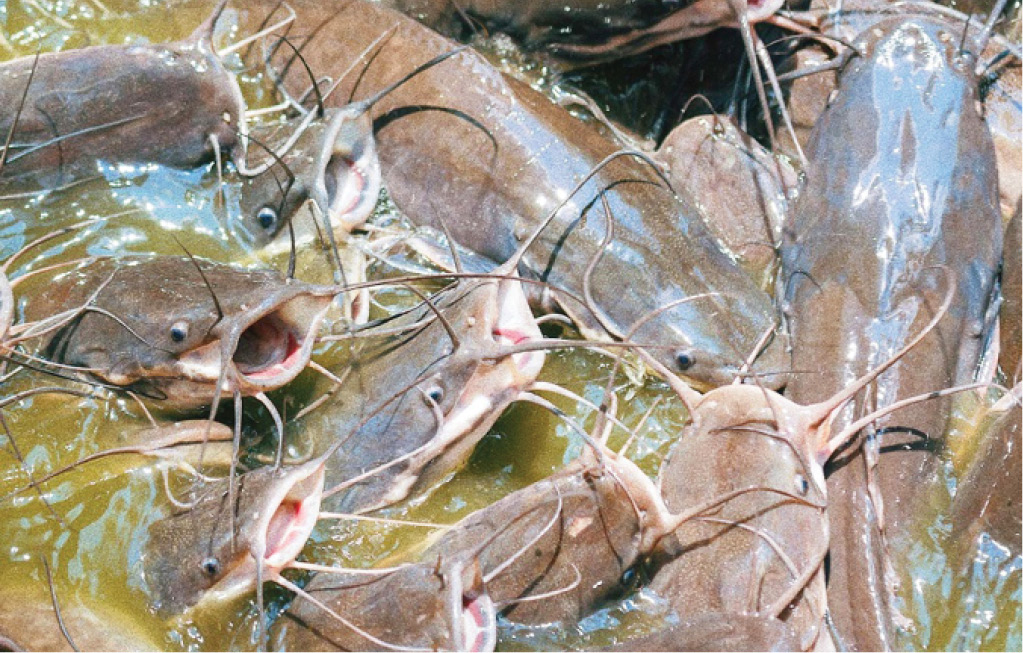Banana residue enhances catfish growth, new research shows
New study has found that banana residues are a nutritious feed to enhance the growth of catfish. The WorldFish, an international non-profit organisation that harnesses the potential of fisheries and aquaculture to reduce poverty and hunger reported that “Bananas and catfish are a win-win when grown together in the same farming system.” Researchers from the […]

New study has found that banana residues are a nutritious feed to enhance the growth of catfish.
The WorldFish, an international non-profit organisation that harnesses the potential of fisheries and aquaculture to reduce poverty and hunger reported that “Bananas and catfish are a win-win when grown together in the same farming system.”
Researchers from the CGIAR (a global research partnership for a food secured future), Research Programs on Fish Agri-Food Systems (FISH) and on Roots, Tubers and Bananas (RTB) studied the systems that comprise both fish and other aquatic animals, and RTB crops.
The report documents linkages between fish, roots, tubers and bananas (RTB crops) within food systems and highlights prospects for supporting animal feed and nutritional products.
Findings show that in combination they provide a complementary integrated agriculture-aquaculture (IAA) system, which can add diversity to diets, provide increased economic opportunity while being good for the environment.
Lauren Pincus, a value chains scientist with the WorldFish who worked on the study, stated that there was little research on the advantages of combining fish with roots, tubers and bananas.
“We are looking into the food value chains for combinations that reduce the climate impacts of farming. Aquaculture integrated with roots, tubers and banana production is definitely a topic that needs further exploration,” she said.
The Worldfish said “IAA systems are environmentally beneficial due to their emphasis on recycling nutrients from crop residues and water through the system. They are positioned as particularly appropriate for small-scale, resource-poor farmers and suitable for areas with limited availability of agricultural land.”
Diego Naziri, co-author and value chain and post-harvest specialist with the International Potato Center (CIP) said they were “trying to address our food system challenges by looking into the animal or crop production value chains and minimising food waste and loss.”
